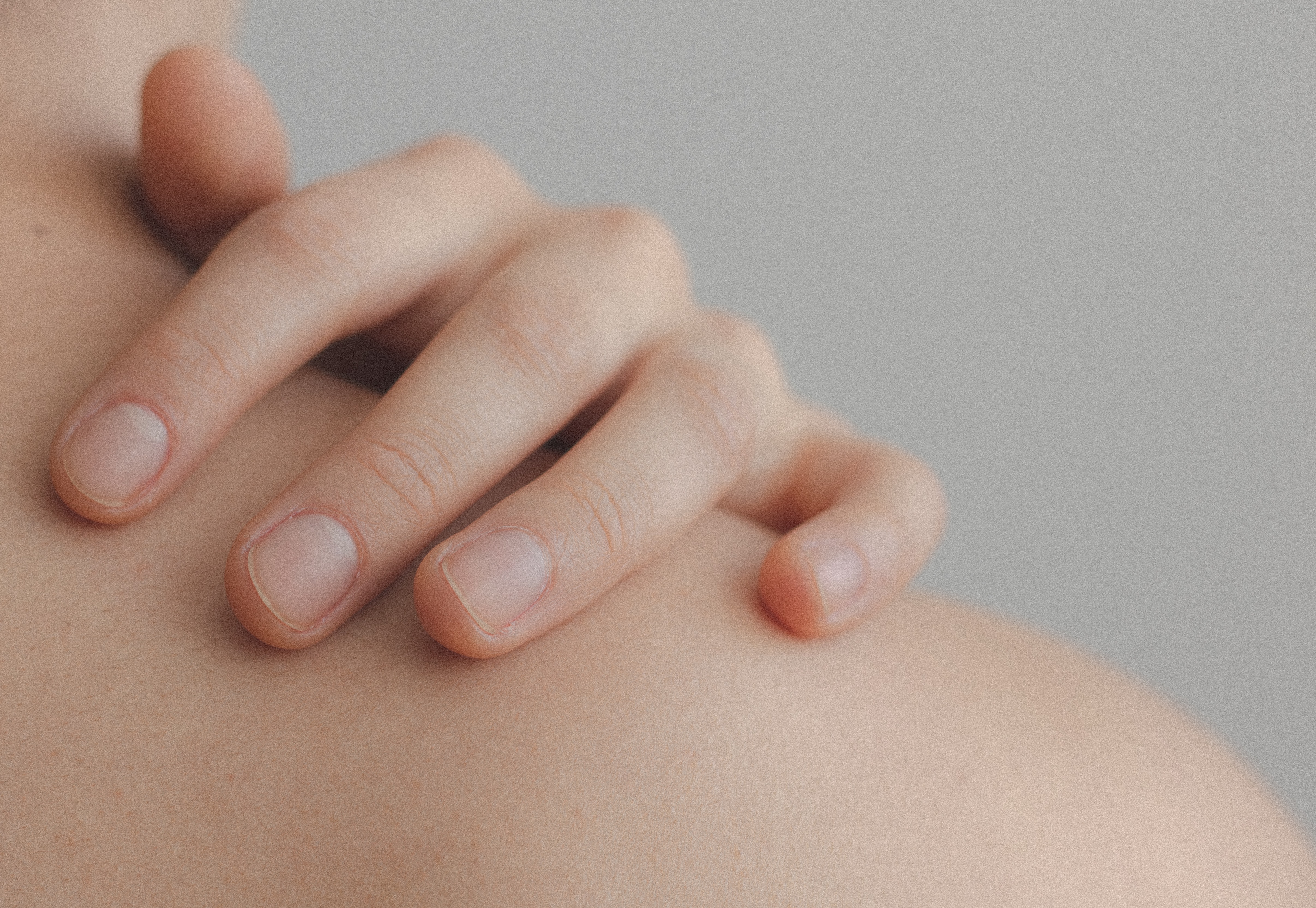
Take this skin quiz to find the best ingredients for your skin and build your skin care routine.
Take The Skin Quiz
Glycolic acid has the smallest sized molecules of all the alpha-hydroxy acids. Because of these super tiny molecules, glycolic acid can easily penetrate the skin. This allows glycolic acid to exfoliates the skin more effectively than other AHAs.
Glycolic acid works by speeding up cell turnover. It helps dissolve the bonds that hold skin cells together, allowing dead skin cells to slough off more rapidly than they would on their own.
Glycolic acid also stimulates your skin to create more collagen. Collagen is the protein that gives skin its firmness, plumpness, and elasticity. (Collagen is also the protein that gives strength to your bones and connective tissues.) As you age, collagen production naturally slows down. It's also destroyed by excessive sun exposure. Using glycolic acid regularly can help prevent this breakdown of collagen.
Glycolic acid is an incredibly popular treatment because of the many benefits it has for the skin. It has effective skin-renewing properties, so it is often used in anti-aging products. It can help smooth fine wrinkles and improve the skin's tone and texture. Glycolic acid plumps the skin and helps boost hydration levels.
It's not just an anti-aging treatment, though. Glycolic acid can also help fight sun damage. It's often used to fade minor fade hyperpigmentation too.
Because it's an effective exfoliator, using glycolic acid regularly can help brighten the complexion. It's this exfoliating property that also makes it an effective preventative against ingrown hairs. If you have large pores, glycolic acid can help make those appear smaller as well.
Many acne treatment products also contain glycolic acid. Glycolic acid can help keep pores clear from blockages, preventing comedones, blackheads, and inflamed breakouts from forming
Age spots on your skin is known as hyperpigmentation, dark spots, or liver spots. There are several reasons you might experience hyperpigmentation, but those we are referring to here are those that are caused by acne scarring or sun exposure. Age spots are most common on the face, the shoulders, and the back. There are some age spots that might appear as a side effect of certain medications. Age spots are typically harmless, but we always recommend conferring with your dermatologist if you’re experiencing a larger-than-usual area of age spots, or if they are changing in color, thickness, or appearance in any way.
To prevent age spots, it’s best to moisturize daily and wear sunscreen. Additionally, antioxidants protect the skin from free radicals that damage cells and speed up aging. Ingredients and nutrients like vitamin C, acai oil, jojoba oil, alpha-lipoic acid, green tea extract, retinol/vitamin A, coenzyme Q10, caffeine, alpha-hydroxy acid and salicylic acid are all beneficial for preventing and reducing age spots. Hydrolyzed is also good for restoring the overall vitality of the skin.
glycolic acid may be effective for age spots, but there are many other factors that may affect whether this ingredient would work on your skin or if there are better ingredients that may work for you. Take this skin quiz to find the best ingredients for your skin and build your skincare routine.
Next: Does CoQ10 work on acne scars ?